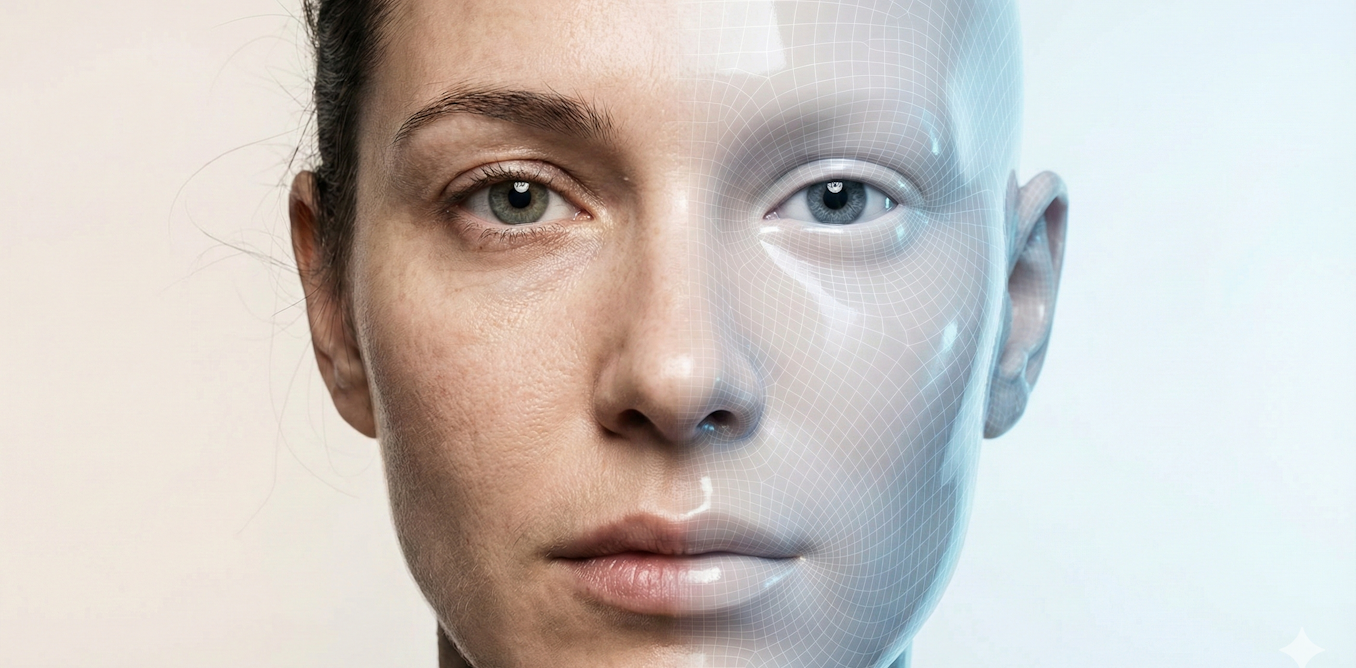An understanding of the passage of time is fundamental to human consciousness. While we continue to debate whether artificial intelligence (AI) can possess consciousness, one thing is certain: AI will experience time differently. Its sense of time will be dictated not by biology, but by its computational, sensory, and communication processes. How will we coexist with an alien intelligence that perceives and acts in a very different temporal world?
What Simultaneity Means to a Human
Clap your hands while looking at them. You see, hear, and feel the clap as a single multimodal event—the visual, audio, and tactile senses appear simultaneous and define the “now.” Our consciousness plays out these sensory inputs as simultaneous, although they arrive at different times: Light reaches our eyes faster than sound reaches our ears, while our brain processes audio faster than it does complex visual information. Still, it all feels like one moment.
That illusion stems from a built-in brain mechanism. The brain defines “now” through a brief window of time during which multiple sensory perceptions are collected and integrated. This span of time, usually up to few hundreds of milliseconds, is called the temporal window of integration (TWI). As a proxy for this temporal grid, films with 24 frames per second create an illusion of continuous movement.
But the human TWI has its limits. See a distant lightning flash and you’ll hear the rumble of thunder seconds later. The human TWI evolved to stitch together sensory information only for events within roughly 10 to 15 meters. That’s our horizon of simultaneity.
Alien Intelligence in the Physical World
AI is poised to become a standard part of robots and other machines that perceive and interact with the physical world. These machines will use sensors hardwired to their bodies, but also remote sensors that send digital data from afar. A robot may receive data from a satellite orbiting 600 km above Earth and treat the data as real-time, as transmission takes only 2 ms—far faster than the human TWI.
A human’s sensors are “hardwired” to the body, which establishes two premises for how the brain interacts with the physical world. First, the propagation delay from each sensor to the brain is predictable. When a sound occurs in the environment, the unpredictable factor is the distance between the sound source and our ears; the time delay from the ears to the brain is fixed. Second, each sensor is used by only one human brain. The human horizon of simultaneity evolved through millions of years under these premises, optimized to help us assess opportunities and threats. A lion at 15 meters was worth worrying about, but thunder at 3 kilometers was likely not.
These two premises won’t always be valid for intelligent machines with multimodal perception. An AI system may receive data from a remote sensor with unpredictable link delays. And a single sensor can provide data to many different AI modules in real…
Read full article: AI Perception of Time Goes Beyond Human Limits

The post “AI Perception of Time Goes Beyond Human Limits” by Petar Popovski was published on 08/13/2025 by spectrum.ieee.org






































Leave a Reply